EXPLORING MY FAVORITE BEACH - Part 1
Since I'm not much into chatting, partying or socializing on the beach lately ...
... my long hours near the sea are usually spent in observing the surroundings, mostly plants and animals, small details and amazing natural designs ...
... like the minuscule empty shells of sea snails and clams that form a belt filled with elegant treasures in the area at the edge of the sea.
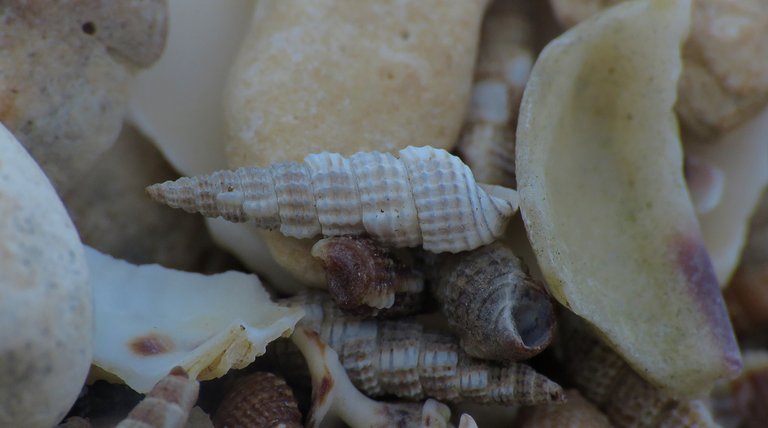
These miniatures can be really appreciated only through a good macro lens.
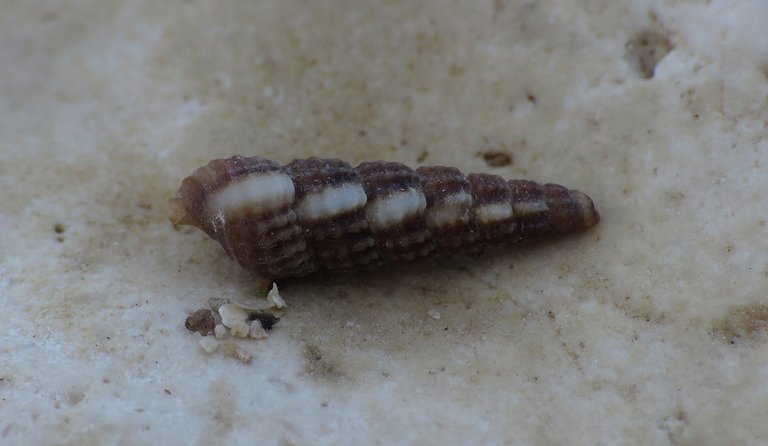
The shapes are similar, but there is a great diversity in small details and various markings.
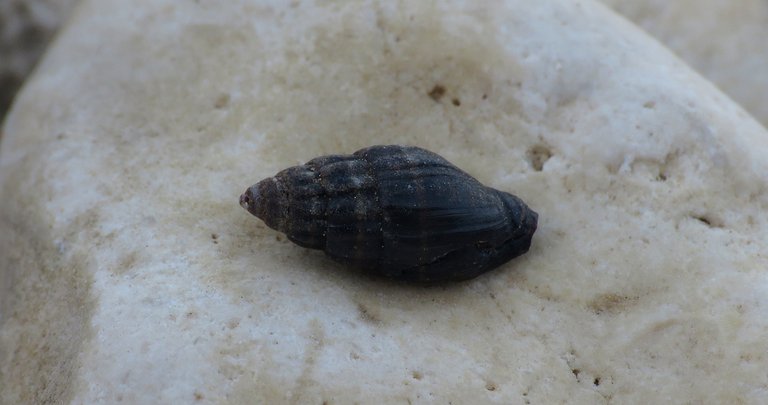
These shells are very small ... but the colorful creatures on the following two photographs are absolutely minuscule ...
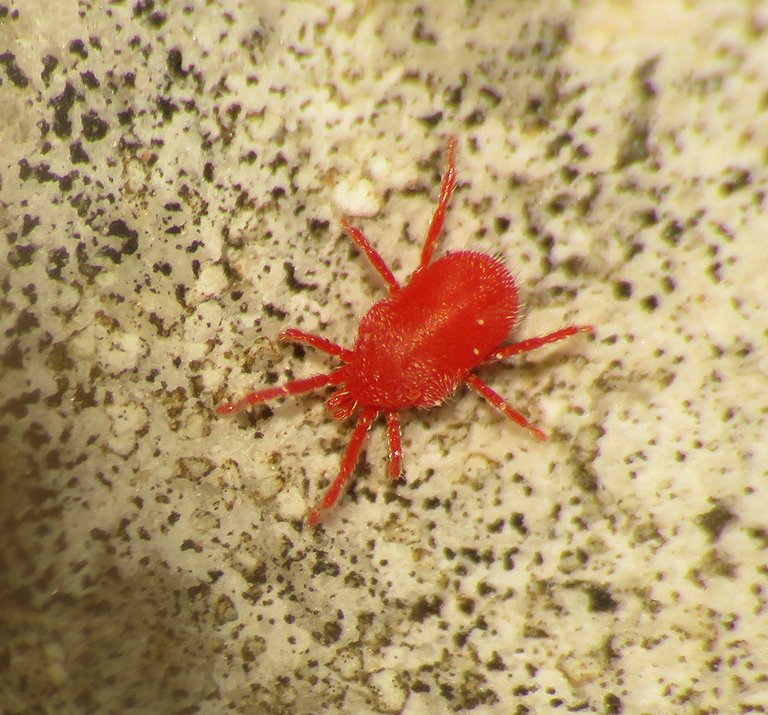
... more like micro than macro subjects.
These red mites are pretty numerous in some inlets. You can find them on the lichen - covered rocks about 5 - 6 meters from the sea. When seen with the naked eye, they are just minuscule, elusive red dots that seemingly magically appear and disappear on the rocks. :) Some trippy summer stuff.
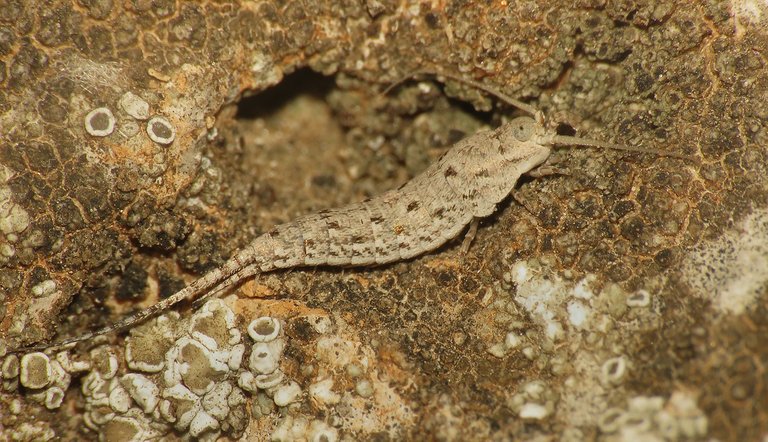
The rock bristletails are also running around in big numbers on these rocks. The way these evolutionary primitive insects look and move, resembles more some kind of shrimps than usual insects.
This minuscule rove beetle, the Dalotia coriaria, was photographed on the top of the same rock. With the following photograph ...
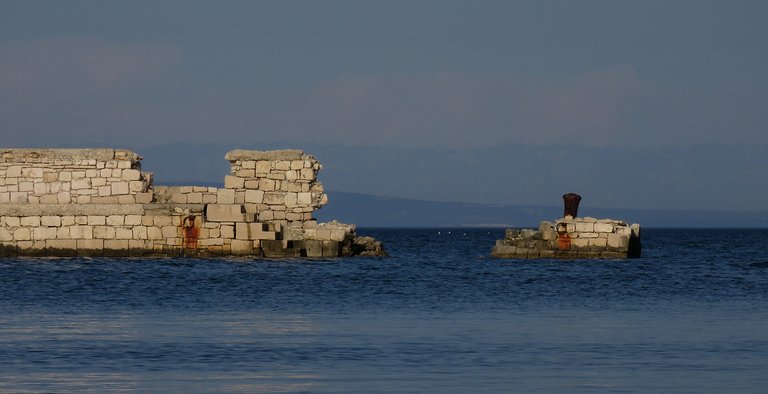
... the focus is on the sea ... and some distant stuff ...
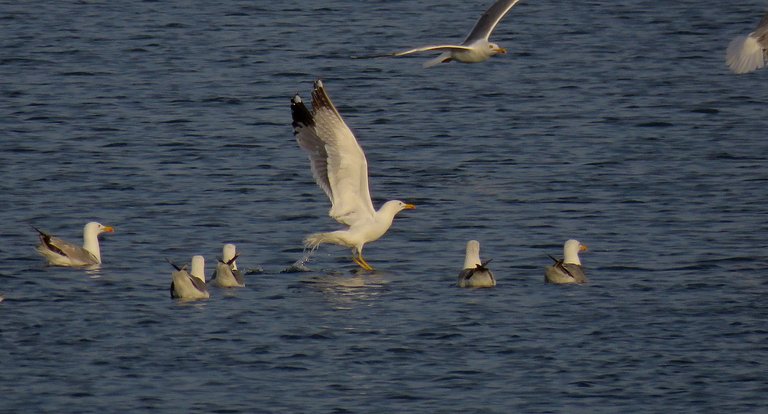
... at the edge of my camera's zooming capabilities.
Seagulls are attacking small fishes near the surface ...
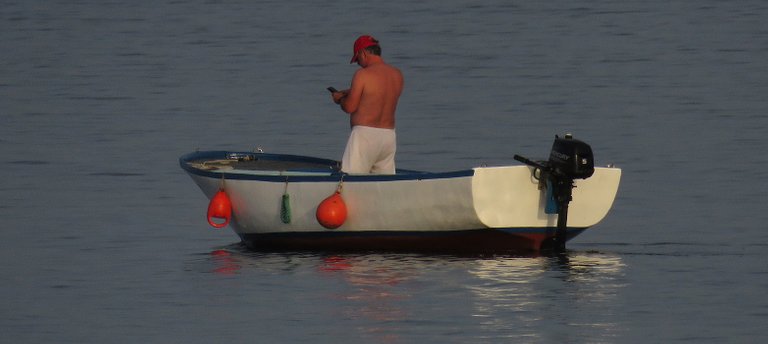
... and not far from there, a man is watching the display of his mobile phone ...
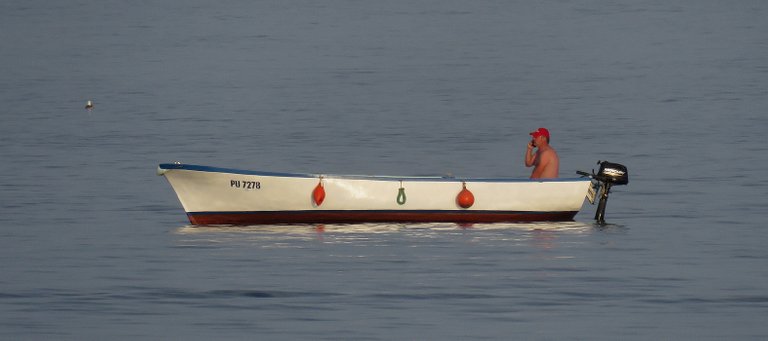
... then he starts talking ...

... and some minutes later, while some big cargo ship is passing further along the horizon ...
... the angler in the small boat looks ready to start the engine and leave his position.
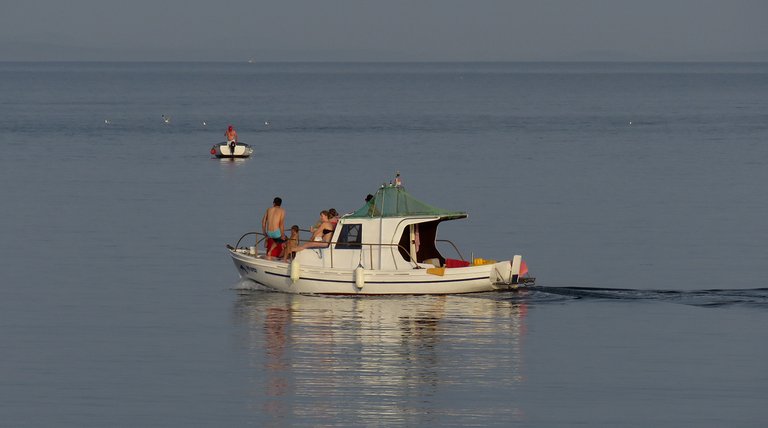
At one point, while the one -man boat is still there ...
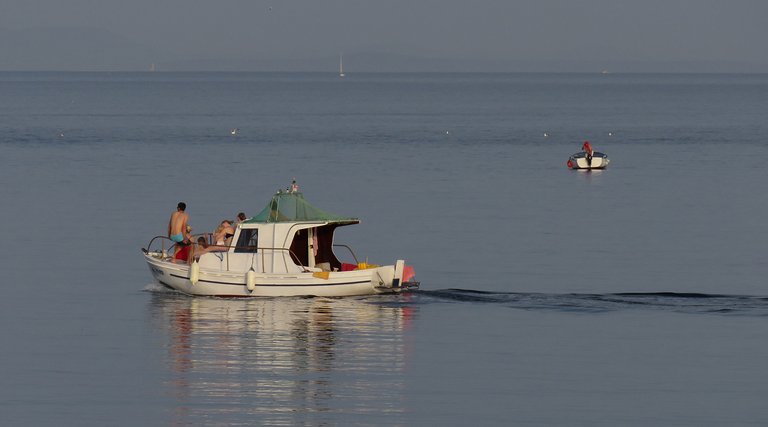
... a slightly bigger small boat, with more people on it, passes him by.

The boat is moving slow, and it seems that the people are looking for something in the sea.
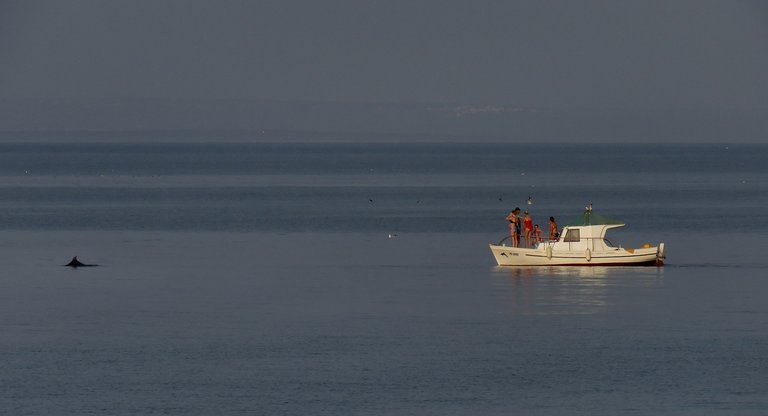
Soon I found out what. The dorsal fin of a dolphin surfaced not far from them.
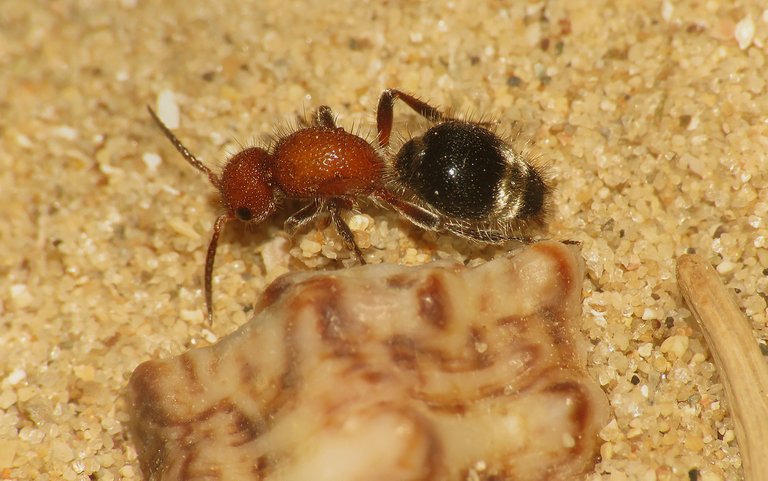
Back on the beach, on the firm land, the velvet ant is running across the sand.
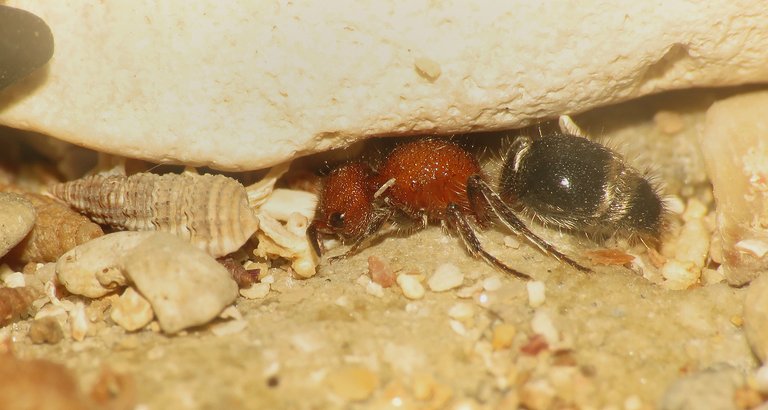
When the insect reaches an area with some pebbles, it hides under one of those rounded little stones.

This velvet ant is actually a wasp, not an ant. The wingless female of the Mutilla europaea.
Only females of this parasitoid species look like this, the males have wings and look more like "normal" wasps. Once the female enters the nest of a bumblebee or some other wild bee, she lays an egg into a cocoon, which contains either the prepupae or young pupae of the bee.
The wasp larva consumes the pupae, before spinning a cocoon within the host's cocoon. The size of the wasp which emerges from its cocoon is partly dependent on the size of the host, with wasps hosted by honeybees smaller than those which used bumblebees as hosts. When it emerges, the adult wasp feeds on the honey stores of the host bees.
Although various bumblebees and solitary bees are their main hosts, the Mutilla europaea was observed entering and using the hives of the honey bees from time to time.
In some occasions, these wasps are also cleptoparasites. They have been recorded sneaking into the nests of the paper wasp Polistes biglumis to rob them of their food stores. It is thought that they are able to do this due to an ability to disguise their own scent, which means that the Polistes wasps cannot detect them.
Although I encounter these insects often, this was the first time that I was able to get a couple of decent shots, because I always see them running fast, too fast to be followed through the macro lens. They usually stop only in some secure, dark shelter out of sight. This time, somehow, the velvet ant was a bit slower, and slightly more calm.
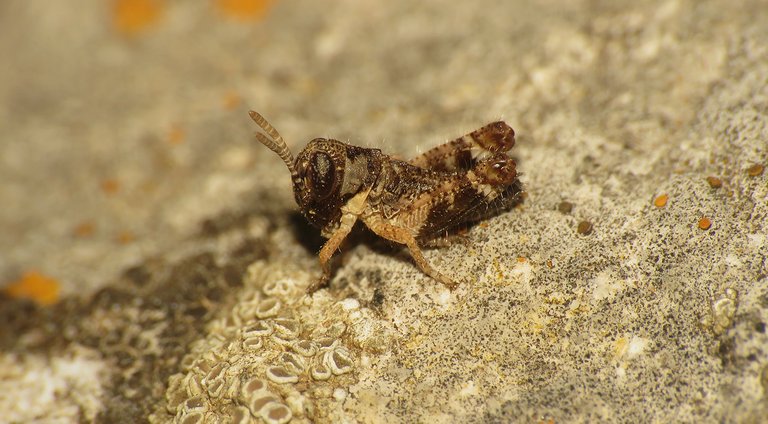
A couple of meters further from the sea, on the rocks ...
... I found this small, which also means very young, nymph of some grasshopper. I don't know the exact species.
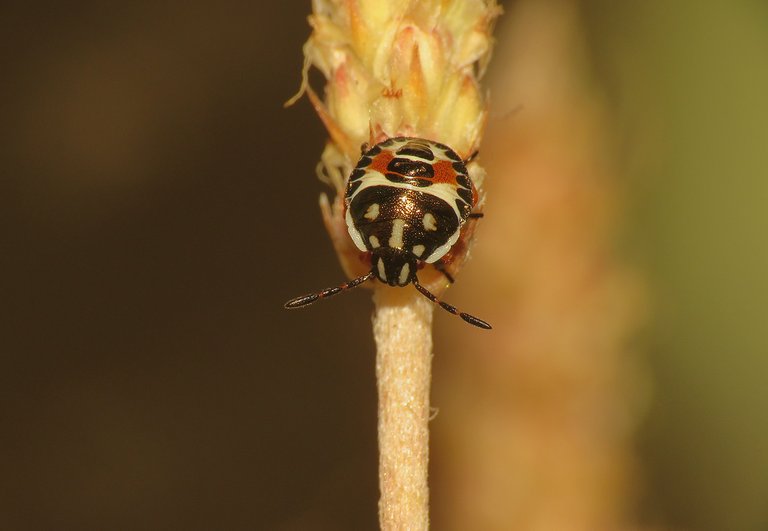
This interesting little bug ...
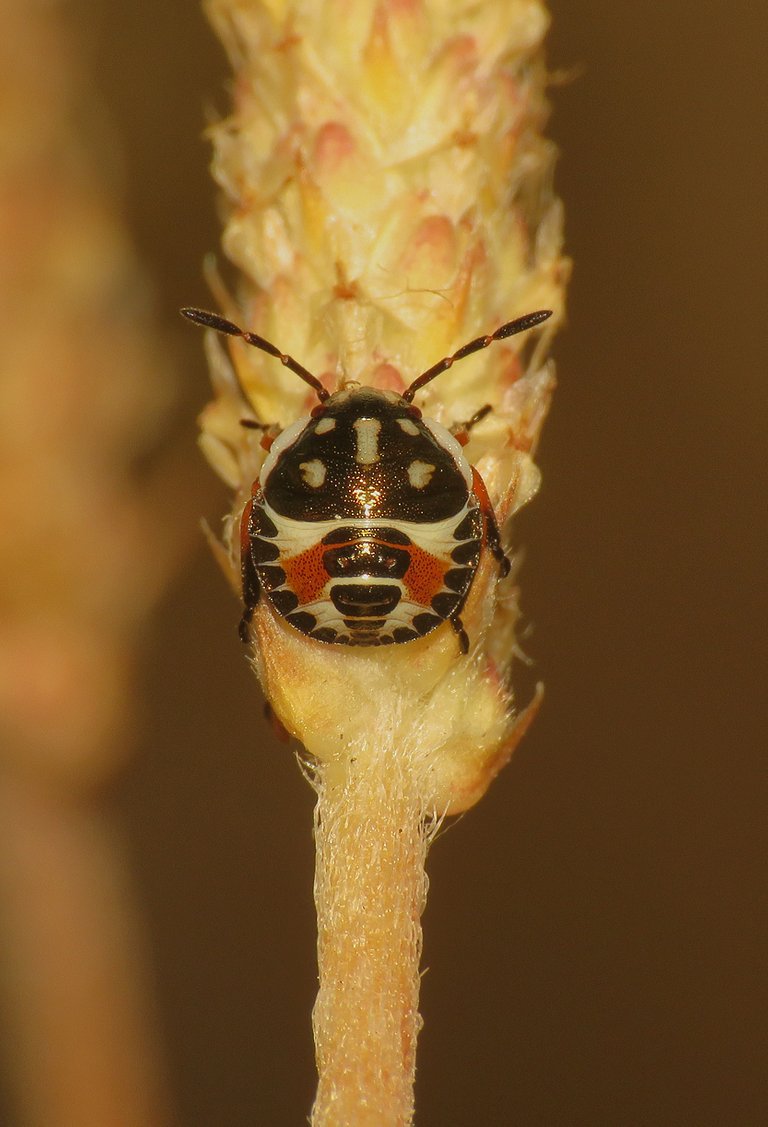
... with some lovely colors and the overall design, was photographed on the plants that grow in the cracks in between rocks.
This is the young nymph of the Carpocoris mediterraneus shield bug.
This well camouflaged adult bug, I don't know the species ...
... was found and photographed on the Reichardia picroides, a plant related to dandelion, with similar seeds and flowers, that often grows very close to the sea.

One evening I noticed a swarm of minuscule flies, in the air above the beach. I mean, it only looked like a swarm of flies ... because when one of those tiny insects fell on the rocks ...
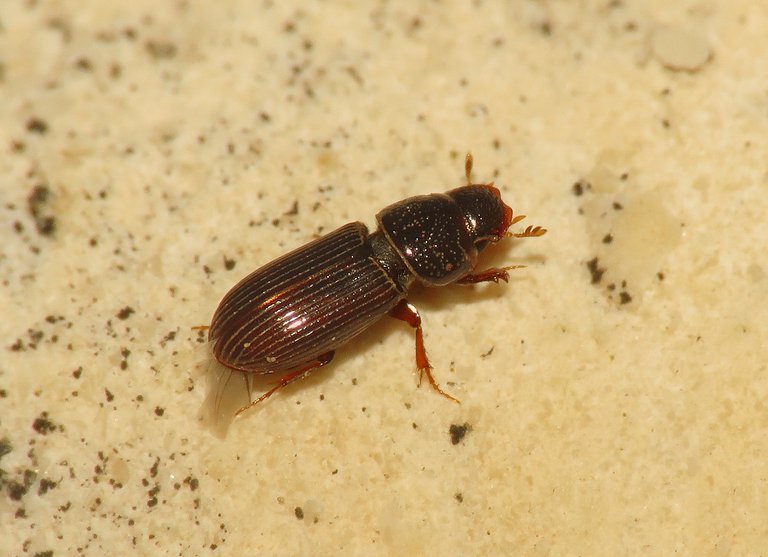
... I realized that it's a beetle. I don't know the exact species, but I'm pretty sure that is a beetle from the Scarabaeidae family ... maybe some dung - eating species from the genus Aphodius.
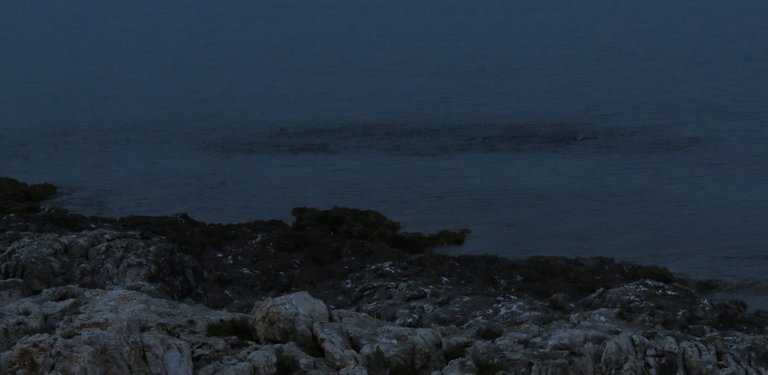
Later that evening I tried to photograph the movement of the small fishes near the surface, not far from the shore. It was getting dark and the photographs ended up pretty grainy and muddled.
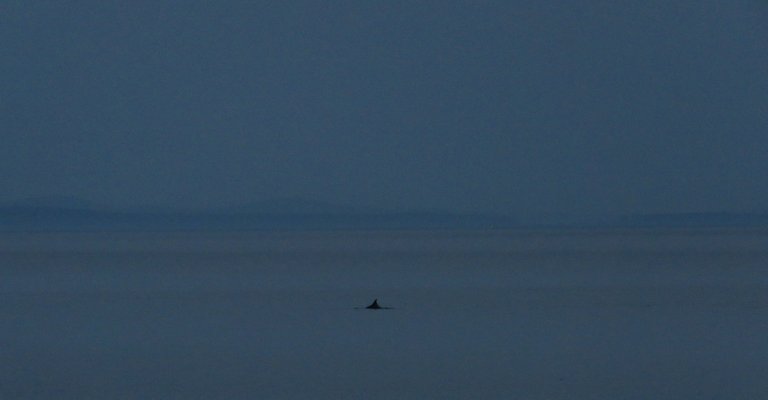
Away from the shore, dolphins were patrolling the deeper waters ...
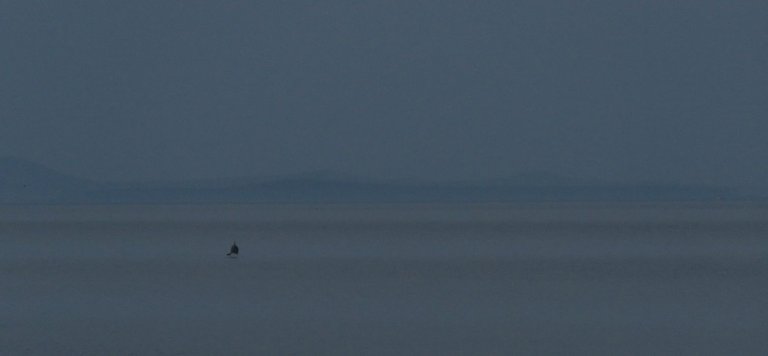
... and jumping from time to time.
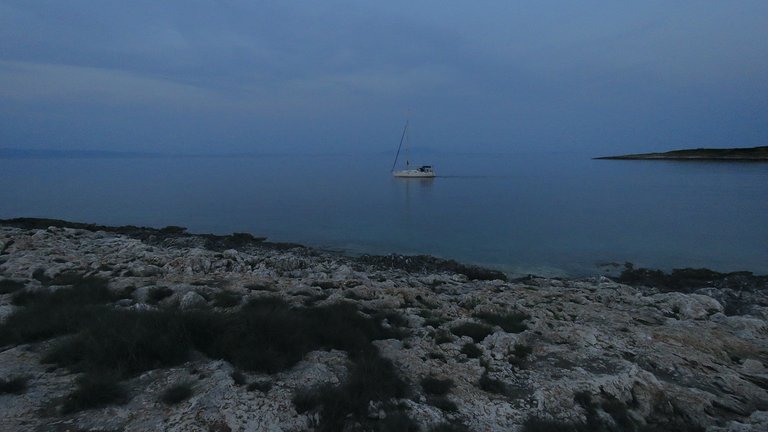
When this small yacht was on its way out of the inlet where I also spnt the day ...
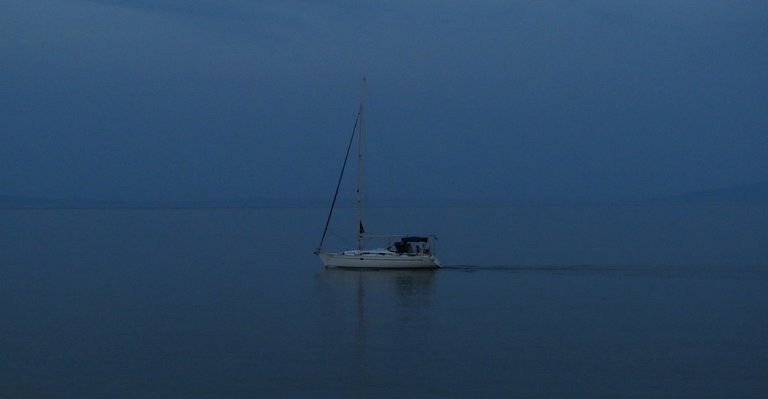
... it was time to go home.
As always in these posts on HIVE, the photographs are my work.

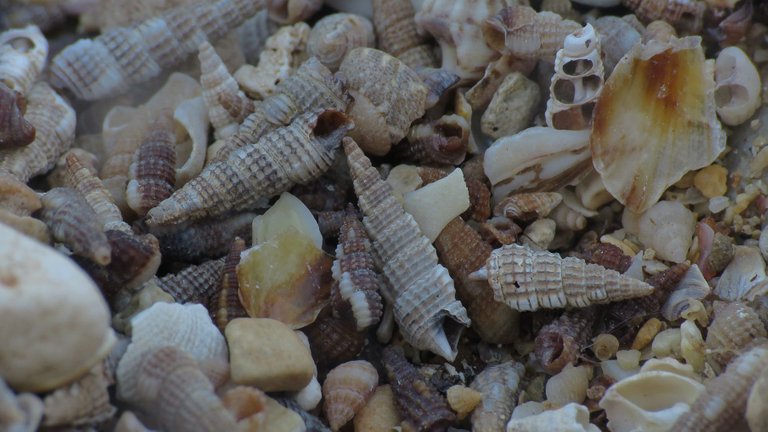

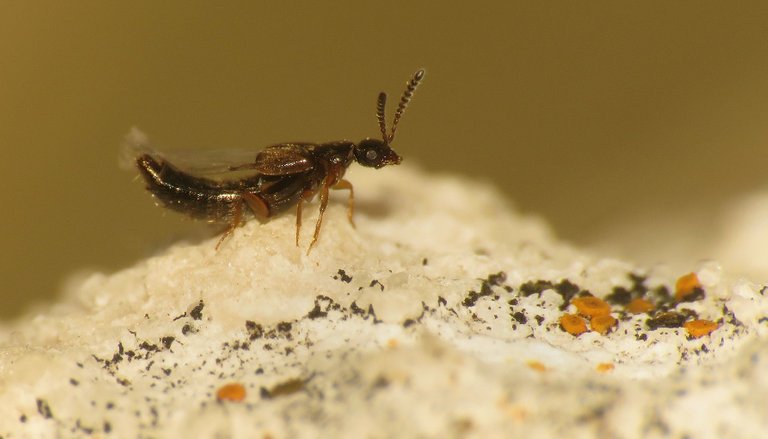
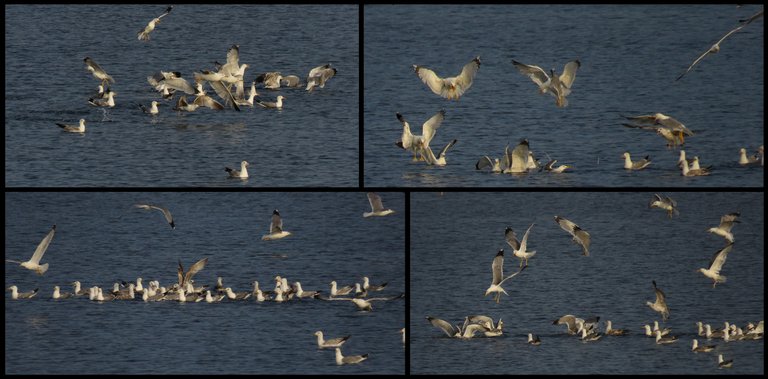

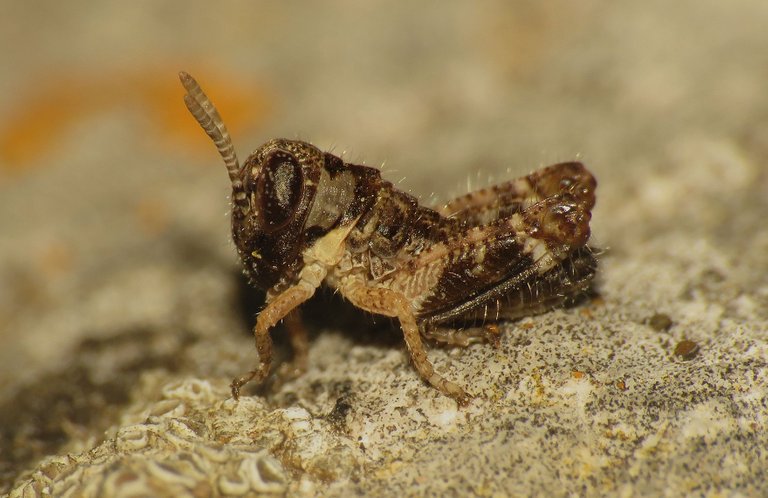

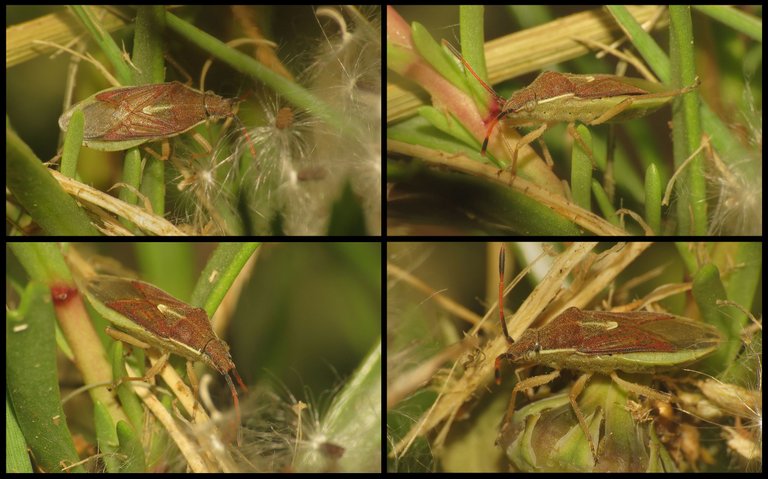
Congratulations @borjan! You have completed the following achievement on the Hive blockchain and have been rewarded with new badge(s) :
You can view your badges on your board and compare yourself to others in the Ranking
If you no longer want to receive notifications, reply to this comment with the word
STOPTo support your work, I also upvoted your post!
Wow so many creatures are present in the sea
Oh wow, so that wasp is the insect version of the cuckoo.
Something like that, yes. :) Good observation.
Hi @borjan, enjoying once again your tours, with beautiful scenery and learning more and more about the wonderful world of insects and birds.
Fascinating photos, with one of the details you show. Great!
Thanks my friend for this beach tour.
Happy travelling
Thanks :)
What intriguing designs on the Carpocoris mediterraneu.